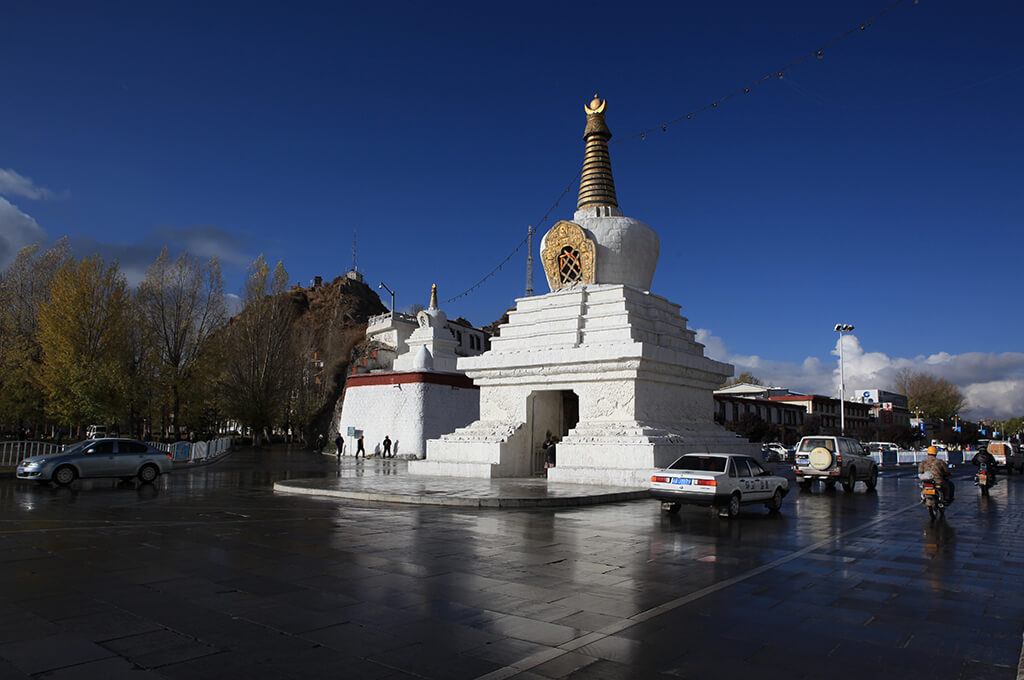Tibet is unique in many ways and even has its very own calendar. It is followed by all Tibetan Buddhists residing within and even outside Tibet. Most individuals who follow the Gregorian solar calendar are unaware of the significance of this calendar. Many outsiders also consider the Tibetan calendar not easy to decipher, and that is indeed the case.
If you are interested in knowing more about the Tibetan calendar, take a look at the facts mentioned below.
Facts about the Tibetan calendar –
- The Tibetan Calendar is lunisolar calendar which represents both the solar year and the Moon phase.
- The Tibetan calendar has either 12 or 13 total lunar months. The beginning and end of each lunar month is marked by the new moon.
- The start of the Tibetan calendar is marked by Losar, the Tibetan New Year festival. It is a festival that goes not for a few weeks.
- The cycles of the Moon are the basis of the Tibetan calendar. Many of its dates match that of the Mongolian calendar.
- During 11th century CE, the religious text called Kalachakra Tantra was translated. This event brought about a change in the Tibetan calendar, which used to follow the Chinese zodiac before.
- During the latter half of 13th century CE, Drogön Chögyal Phagpa established the Kalachakra version as the official Tibetan calendar.
- The naming of years of the Tibetan calendar is done on the basis of 60-year cycles. The years within the 60-year cycles are denoted by animals. The order of animals is – hare, dragon, snake, horse, sheep, monkey, bird, dog, boar, rat, ox and tiger.
- The lunar mansion method has been used to name the months of the Kalachakra Tibetan calendar since the 11th century. The month names are – Chu, Wo, Nagpa, Saga, Non, Chuto, Drozhin, Trum, Takar, Mindrug, Go and Gyal.
- The years within a 60-year old cycle are also categorized based on a set of elements. The order of elements is – fire, earth, iron, water, and wood.
- Animals and elements combine to denote a year of the contemporary Tibetan calendar.
- Each day of the week in the Tibetan calendar is assigned with the different bodies of the solar system, much like that of the Gregorian calendar.
- Take a trip of magnificent Tibet with our experienced tour guides.

